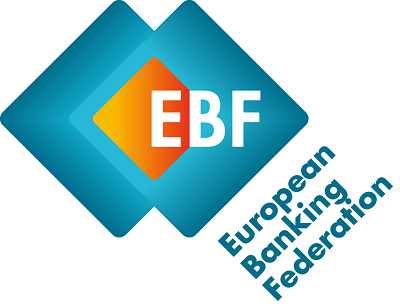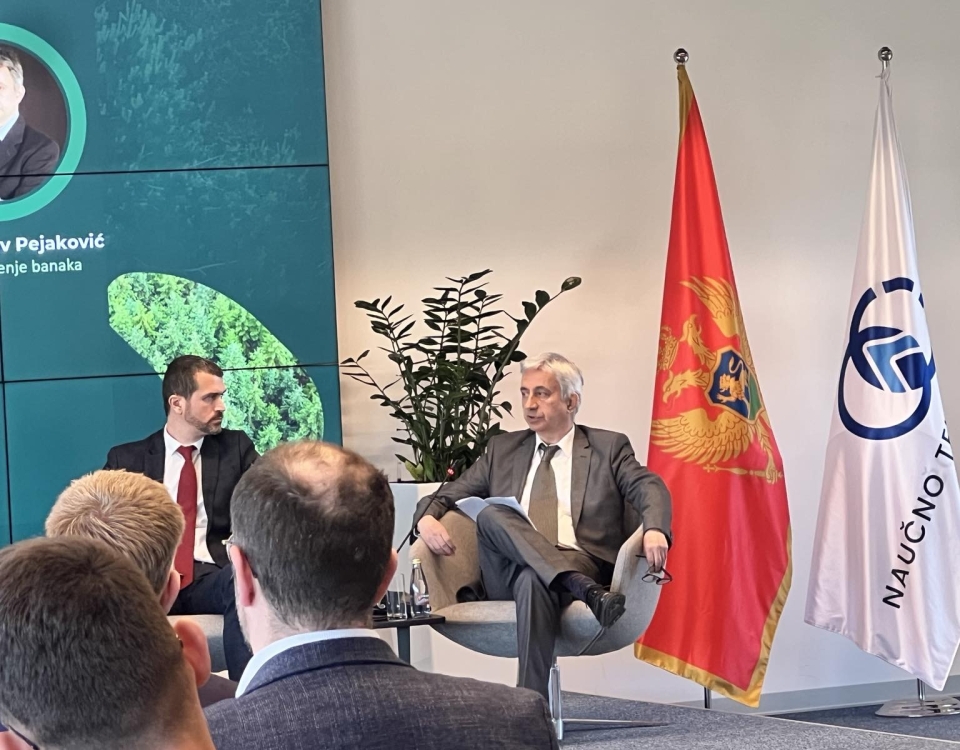03 March 2021.
A conference call was held with Wim Mijs, Executive Director of the European Banking Federation (EBF) and Tina Marolt, Senior Project Officer. The agenda of the call was the following: introduction and news from Brussels; presentation of activities and priorities of our Association, as well as exchange of opinion on the future of cooperation of the Association with the EBF.
The Brussels confirmed the increase in the membership fee, where they emphasised that the next step should be the improvement of the service towards the associated members, which participate in the EBF budget by around 200,000.00 euros. The EBF’s position on digitalization, cryptocurrencies and the ECB’s approach to this trend were pointed out, as well as the limitations they had in giving opinions to UBCG in seeking a review of good banking practice of EU countries regarding fees charged by banks from clients and the delay in the EBF’s response was related to the perception of competition rules.
The activities of the Association are in accordance with the mission and objectives of the founders, to improve the business performances of its members, by organising education of bankers and the public, and to provide representation and quality protection of common interests of its members before the Central Bank of Montenegro and other competent state bodies and international institutions.
In November 2020, average liquid assets of banks amounted to 1.02 billion euros, which was 5.2 percent more than in October. The average liquid assets were lower by 7.2 percent in November compared to the same period in 2019. Liquidity and solvency ratios for the banking system as a whole are at the level of about 20%, which is twice as high as the banking standard, which is at 10%.
Total assets and liabilities of banks amounted to 4.63 billion euro at the end of November recording a growth of 0.7 percent compared to the previous month, while compared to November 2019 it fell by 1.5 percent.
In the structure of banks’ assets, in November 2020, total loans accounted for the main share of 70.1 percent, followed by cash and deposit accounts with central banks of 18.3 percent, securities of 9.6 percent, while two percent referred to the remaining asset items.
In the structure of liabilities, deposits reported the highest share in the amount of 72.7 percent, followed by capital of 13.5 percent, loans in the amount of ten percent, while other items accounted for 3.8 percent of total liabilities.
At the end of November, total capital of banks amounted to 626.3 million euro recording a growth of one percent on a monthly basis, while on an annual basis it increased by 2.3 percent, while NPLs increased from 3.80% to 5.91% at the end November 2020.
In addition to these encouraging data for the banking system that has been preserved and despite the efforts during the pandemic where the economy was well supported through 2 moratoria for bank customers and ongoing rescheduling activities, restructuring of loans to customers, especially to vulnerable parts of the economy in tourism and SMEs, we have to notice also generally difficult economic situation. According to United Nations (UN) estimates, Montenegro will be the second most affected economy in Europe, after Spain. The reason is clear; Montenegro is a small open economy, dependent on tourism.
We asked the EBF to strengthen the EBF’s commitment regarding its presentation of good practices in the area of policy and supervision, interventions by the CEO or advisors on specific topics and access to the EMA’s legal opinion, as well as consideration of guest speakers on specific topics in Montenegro.




